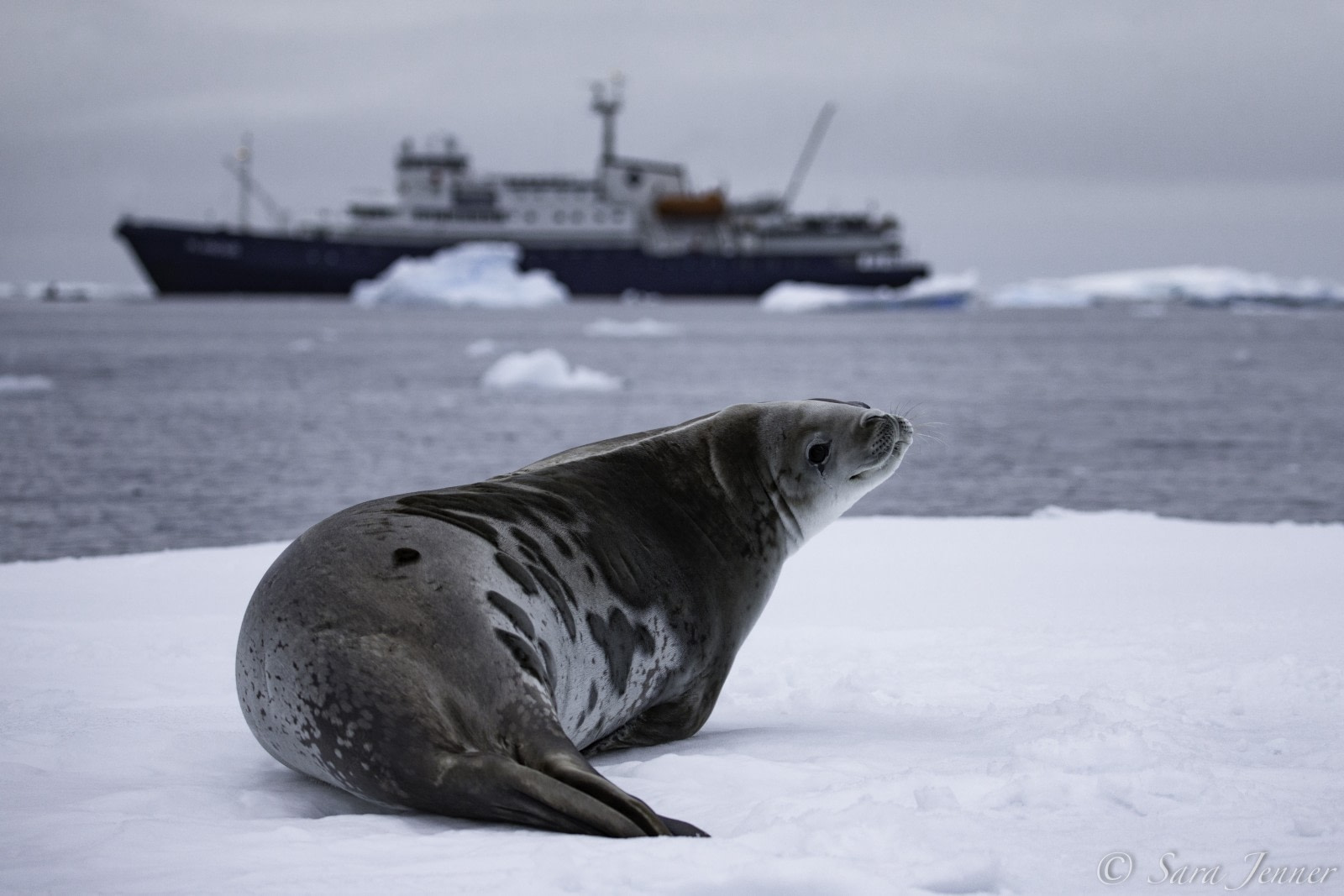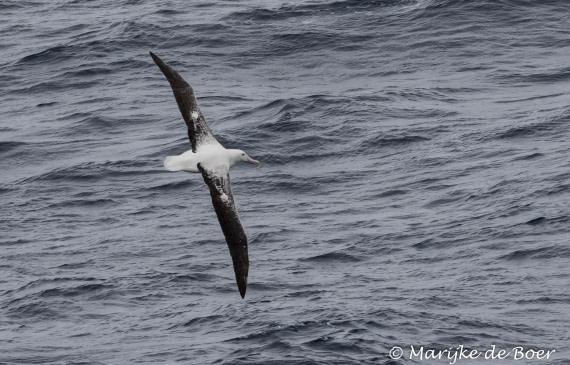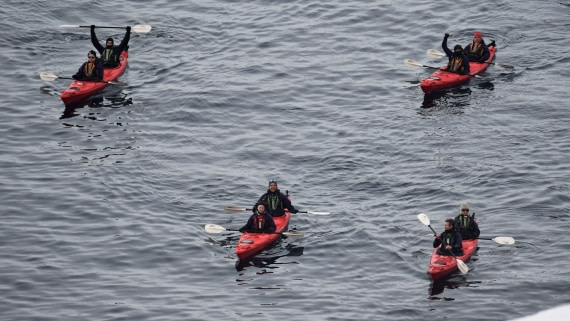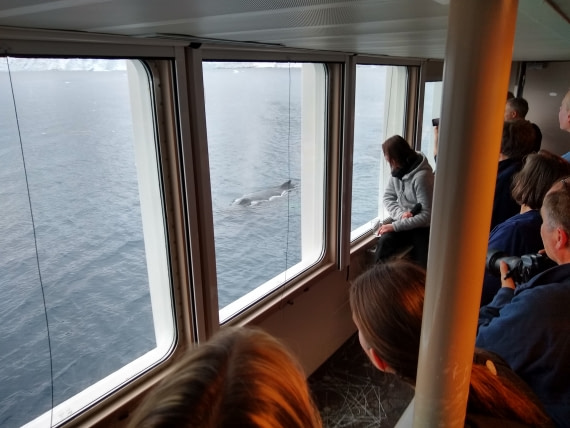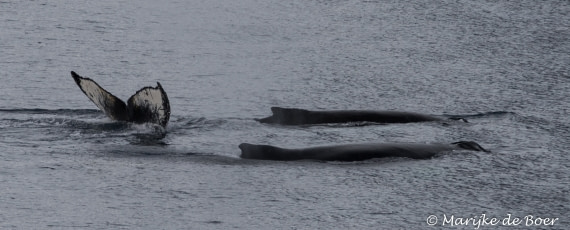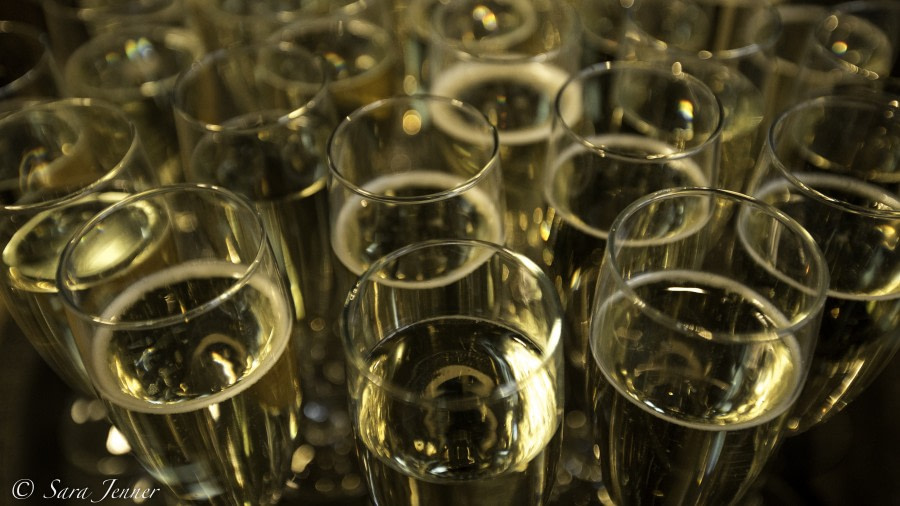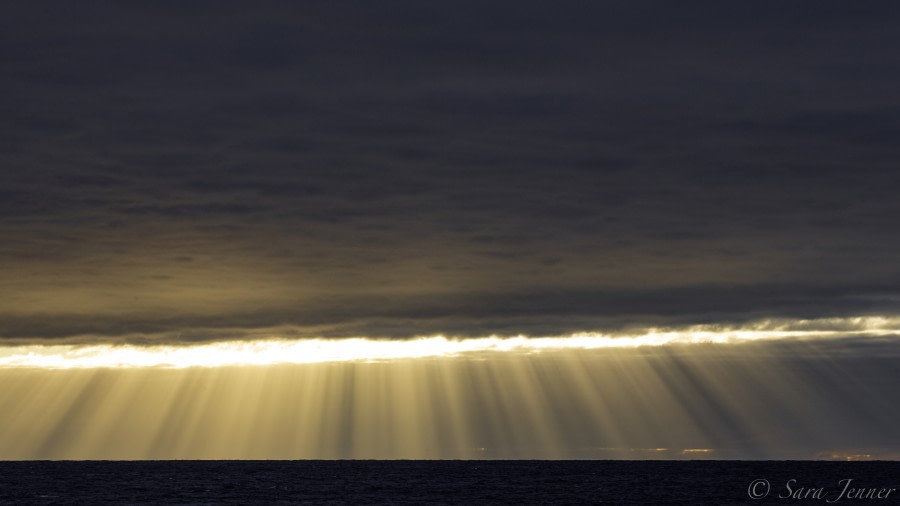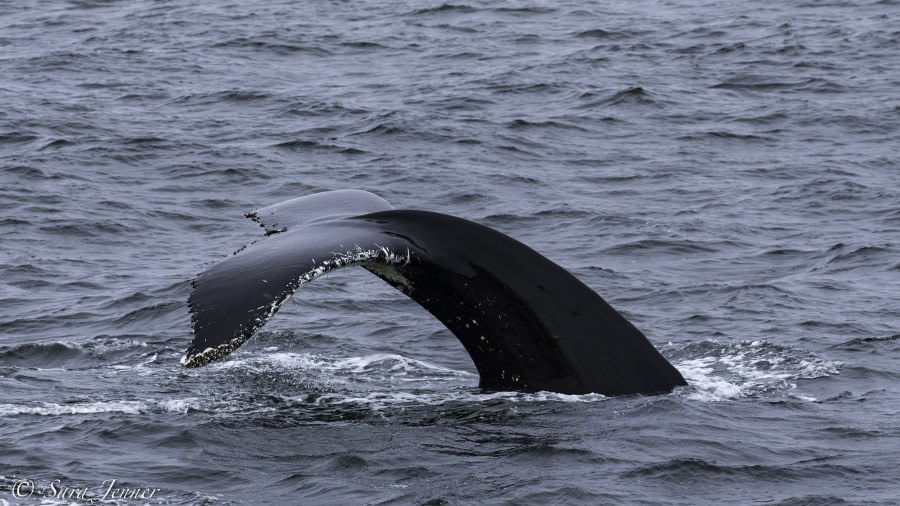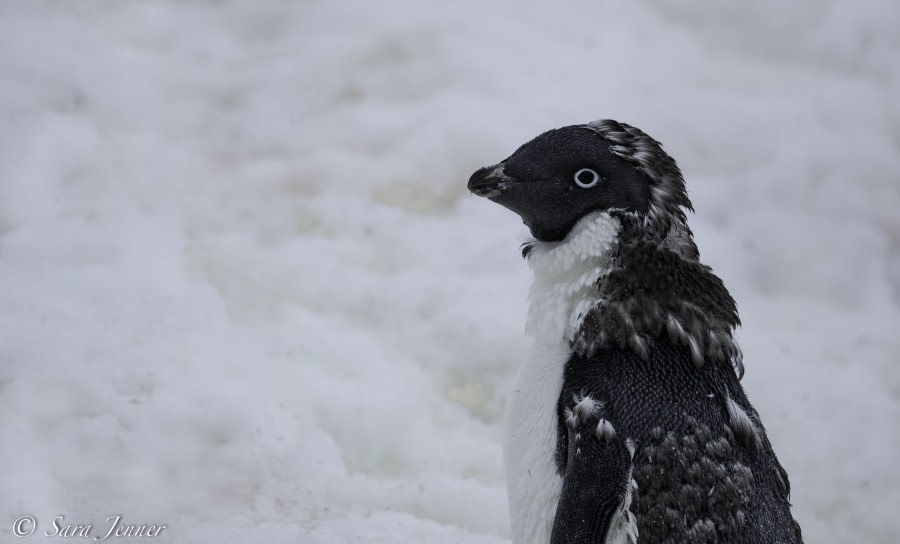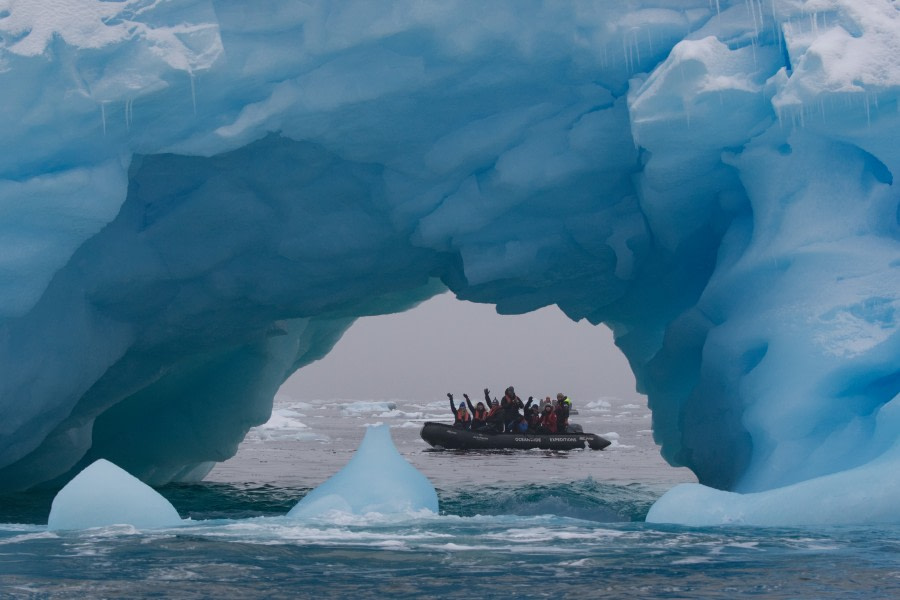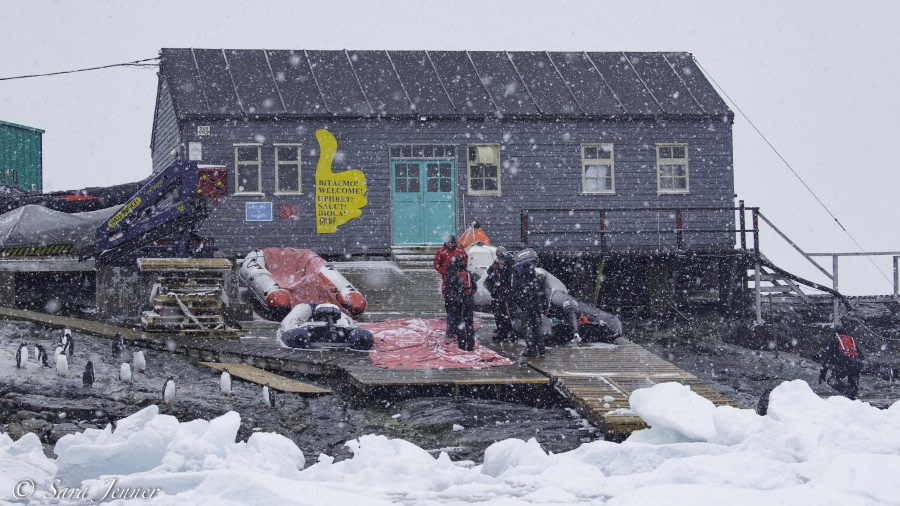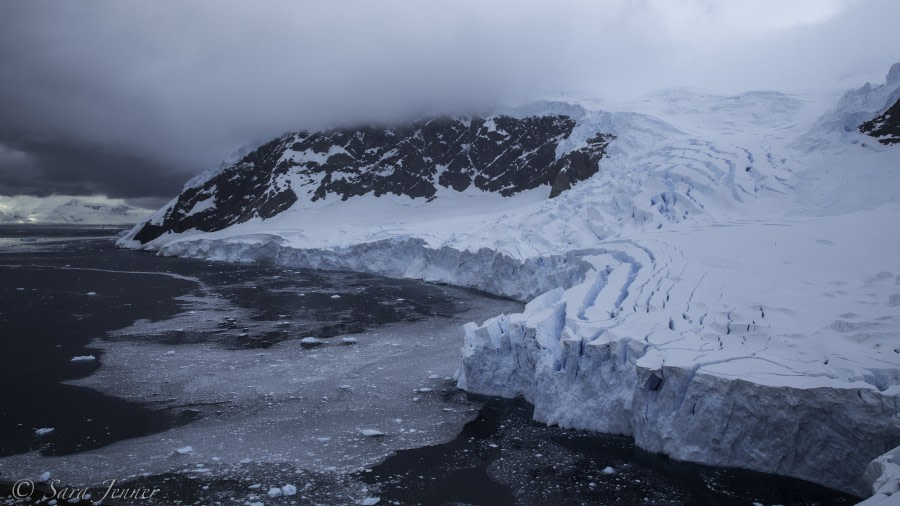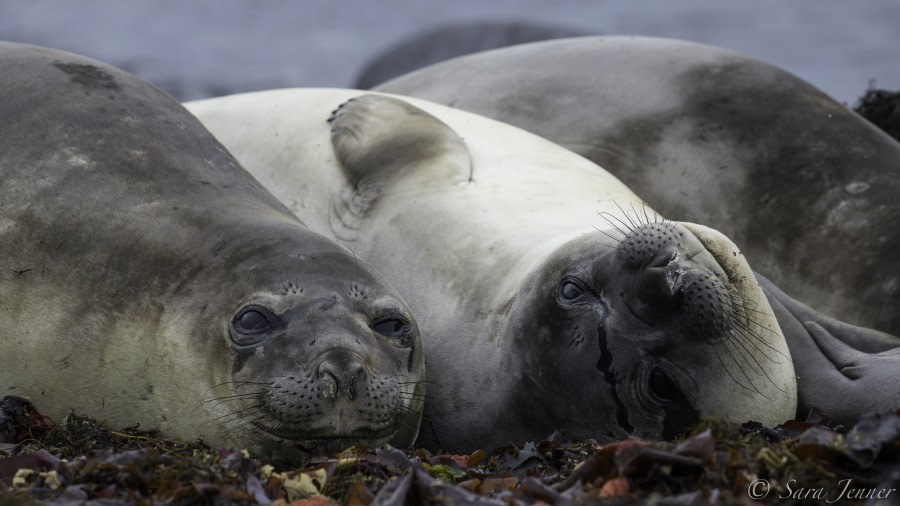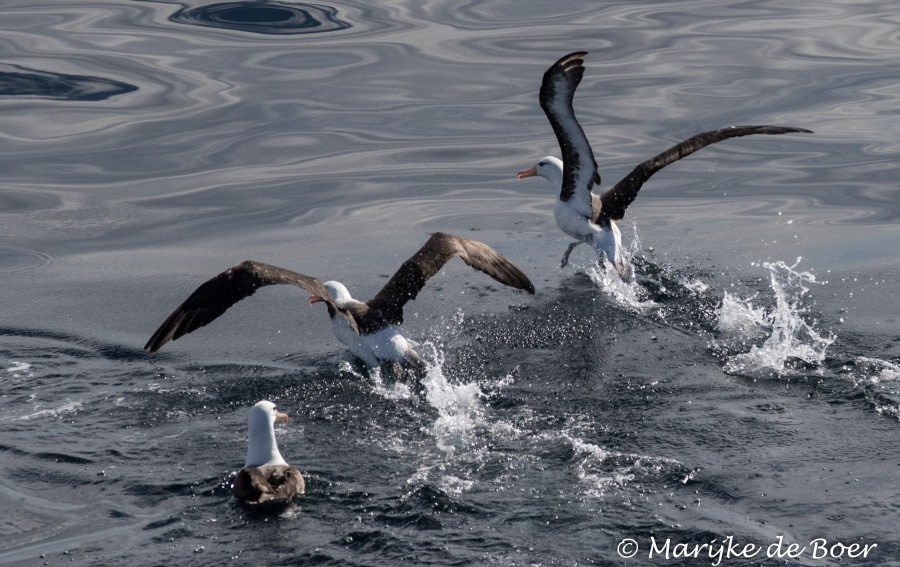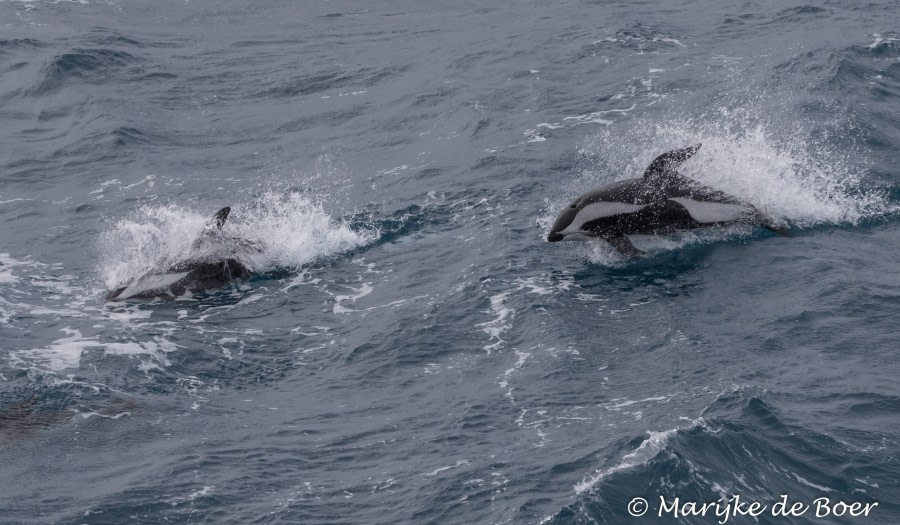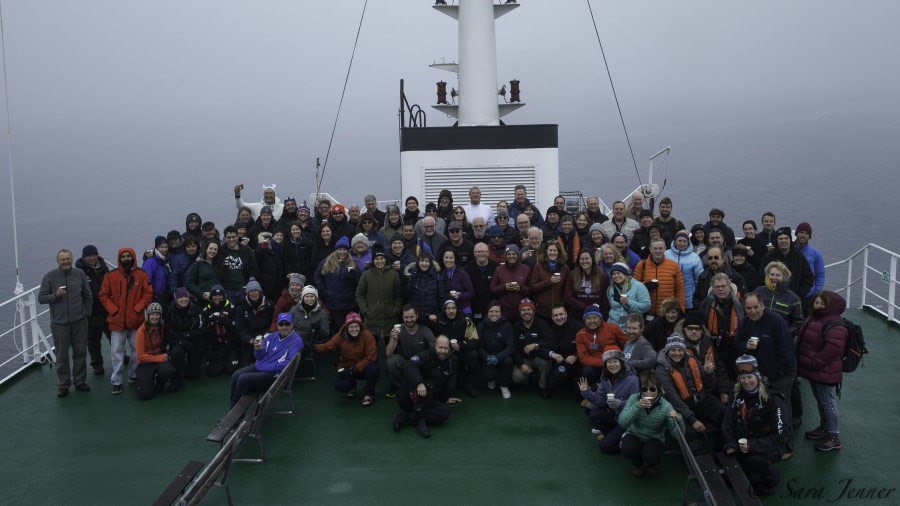| Datum: | 28.02.2019 |
| Positie: | 54°53'S / 067°42'W |
| Wind: | Lichte lucht |
| Weer: | Regen |
| Luchttemperatuur: | +9 |
Hier zijn we dan eindelijk in Vuurland, op de bodem van de wereld. Vanaf Ushuaia gaan we naar het zuiden... een heel eind naar het zuiden. Maar voor vandaag slenterden we door deze mooie Patagonische stad, proefden van de lokale smaken en genoten van de bezienswaardigheden. Ushuaia markeert het einde van de weg in Argentijns Vuurland, maar ook het begin - het begin van een once-in-a-lifetime avontuur. In de zomer bruist deze snelgroeiende grensstad met 55.000 inwoners van avontuurlijke reizigers. De belastingvrije haven floreert door het toerisme, maar leeft ook van een omvangrijke krabbenvisserij en een bloeiende elektronica-industrie. Ushuaia (letterlijk "baai die doordringt naar het westen" in de inheemse Yaghan-taal) profiteert duidelijk van zijn prachtige, maar afgelegen omgeving. De ruige ruggengraat van de Zuid-Amerikaanse Andes eindigt hier, waar twee oceanen elkaar ontmoeten. Zoals te verwachten van zo'n onbeschutte plek heeft het weer de gewoonte om in een opwelling te veranderen. Tijdens de lange dagen van de Australische zomer zijn de temperaturen echter relatief mild en bieden ze een laatste deken van warmte voordat we op avontuur gaan. Voor velen van ons is dit het begin van een levenslange droom. De opwinding komt in verschillende vormen voor iedereen, maar zelfs de meest ervaren onder ons moet oprechte opwinding voelen bij het vertrek op een reis naar het Grote Witte Continent. De meeste passagiers stonden dan ook stipt om 16:00 aan het gangboord, klaar om aan boord te gaan van het goede schip MV Plancius, onze thuishaven voor dit Antarctische avontuur! We werden begroet aan de loopplank door leden van ons Expeditie Team die ons naar de receptie brachten waar we de Hotel en Restaurant Managers, Michael en Alex, ontmoetten. We werden vervolgens ingecheckt in onze hutten met de hulp van de fantastische hotel crew. Even nadat we aan boord waren gegaan, verlieten we de pier van Ushuaia en voeren we het Beaglekanaal in met een escorte van Wenkbrauwalbatrossen. Kort daarna kwamen we samen in de lounge op dek vijf om eerste officier Francois te ontmoeten, die ons door de details van de vereiste SOLAS (Safety Of Life At Sea) veiligheids- en reddingsbootoefening leidde, bijgestaan door de bemanning en het personeel. We waren nu voorbereid op onze eigenlijke veiligheidsoefening en na het horen van het algemene alarm, verzamelden we ons opnieuw in de 'verzamelplaats' (de lounge) voor de verplichte veiligheidsbriefing en de oefening om het schip te verlaten, waarbij we onze enorme oranje reddingsvesten aantrokken die ons veilig zullen houden mocht dat nodig zijn. Na alle veiligheidsoefeningen werden we opnieuw uitgenodigd in de lounge waar Hotel Manager Michael ons een overzicht gaf van het schip, een drijvend hotel dat de komende 11 dagen ons thuis zal zijn. Daarna ontmoetten we onze Expeditieleider, Ali Liddle, die ons een korte inleiding gaf over ons reisschema en onze verwachtingen voor deze expeditiereis hielp bepalen... er is altijd een Plan A, maar ook B en C en... wat er ook nodig is om te werken met het weer dat Moeder Natuur ons geeft! Dit was ook een kans om onze Kapitein Artur Iakovlev te ontmoeten en op onze reis te proosten met een glas Prosecco. Om 19:30 uur proefden we de eerste van vele heerlijke maaltijden aan boord, bereid door chef-kok Khabir en zijn kombuispersoneel. Deze eerste avond aan boord was gevuld met meer verkenning van het schip, wennen aan haar bewegingen en het inrichten van onze hutten. In de vroege ochtenduren zouden we de open wateren van de Drake Passage opgaan!
